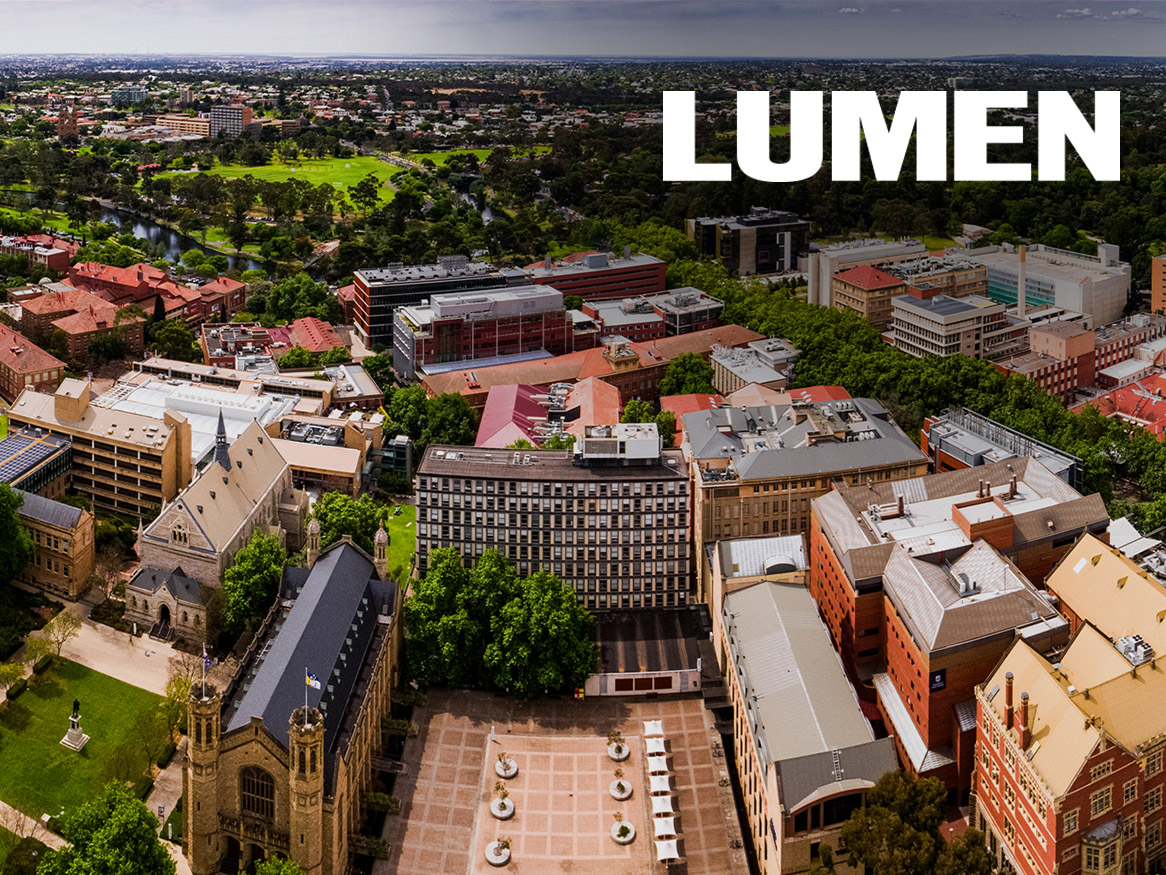New system to detect mercury in water systems
Friday, 25 July 2014
A new ultra-sensitive, low-cost and portable system for detecting mercury in environmental water has been developed by University of Adelaide researchers.
Published in the journal ACS Applied Materials and Interfaces, the research team outlined its innovative optical sensing system suitable for detecting low levels of mercury at the site of interest.
"Mercury has been accumulating in the natural environment since the start of industrialisation and there are worldwide concerns about potential human health and environmental effects," says project leader Dr Abel Santos, Australian Research Council Postdoctoral Fellow with the University's School of Chemical Engineering.
"Recently, these concerns have seen the introduction of a global convention aimed at controlling, monitoring and reducing mercury pollution at a world scale.
"There are current systems capable of monitoring mercury at trace levels, but they are huge machines that can't be easily moved, are very expensive and complicated to use and require comprehensive training. Samples also require chemical treatment before analysis.
"Our system is very cost-competitive, only as big as a mobile phone and easy to use. With very basic training, someone could take it to a river or lake and do a mercury reading on the spot."
The project is a collaboration between the Losic Nano Research group in the School of Chemical Engineering and University Rovira i Virgili in Spain, and most of the experimental work has been carried out by PhD candidate Tushar Kumeria. The team has engineered a nanoporous material called nanoporous anodic alumina to make a special structure called a rugate filter.
The surface of the filter has been modified to make it selective to mercury ions. As water flows through the pores of the filter, the mercury ions become attached to the surface. An optical system - reflection spectroscopy - measures the amount of mercury present.
A range of tests have shown the sensor can detect mercury at levels of 200 parts per billion in a complex mixture of other metal ions and environmental samples. Continued work will seek to enhance the optical signals for even higher sensitivity.
"The promising sensing performance of this system along with its cost-competitiveness and portability make it an excellent potential alternative to current analytical techniques," says Dr Santos. "This technique could provide the basis for future point-of-analysis systems for monitoring water quality on site and may help implement better monitoring processes around the world."
Contact Details
Email: abel.santos@adelaide.edu.au
Website: http://www.adelaide.edu.au/directory/abel.santos
ARC Postdoctoral Fellow
School of Chemical Engineering
The University of Adelaide
Business: +61 8 8313 1535
Mobile: +61 (0)410 047 490
Media Team
Email: media@adelaide.edu.au
Website: https://www.adelaide.edu.au/newsroom/
The University of Adelaide
Business: +61 8 8313 0814







